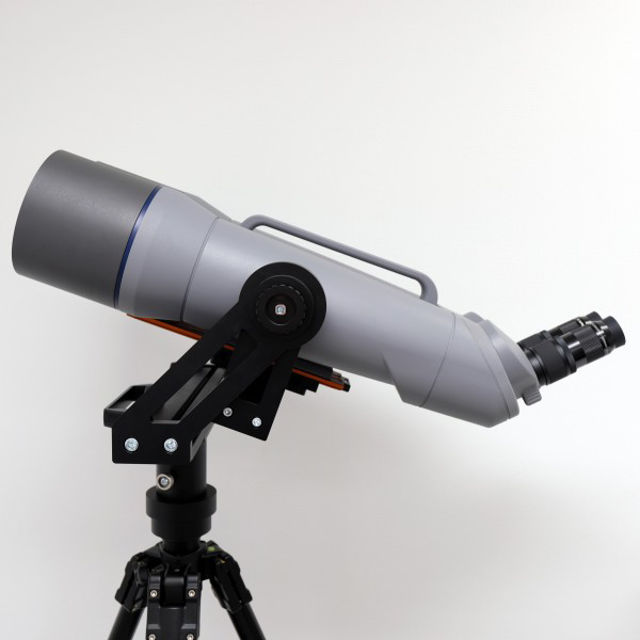Conndomat
United States of Europe

The higher you magnify, the better you will be able to recognize aberrations. It is not for nothing that Hernry always emphasizes that some binoculars do not want to see them at very high magnifications.There’s no argument for me that more accurate testing of certain optical levels can be determined boosted.
By the way, it's analogous to the telescope, here too, moderate optics often perform reasonably well at low magnification, but when things go "high" the collapse comes
If you search here in the forum there is a test for sharpness from Canip, he tested the SF, NL and Noctivid for sharpness with 4 and 6x boosters if I remember correctly...What exact test are you referring to that tested for sharpness , please explain.
1.SF
2. Noctivid
3. NL
I did the same test without a booster, you can also read it here, I didn't get a clear result, it was more of a guess, but in the end it was the same order.
Andreas
Last edited:








